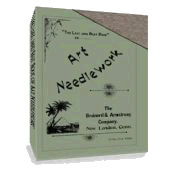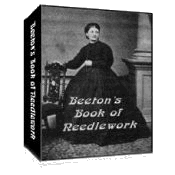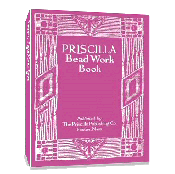The Holbein Stitch
The Holbein Stitch, also known as the Italian Stitch, Double Running Stitch, Two Sided Line Stitch, Line Stitch, and Spanish Stitch, is an outline stitch used for conventional work. It is most commonly used in Blackwork embroidery. This stitch was first known as the Italian Stitch. It became known as the Holbein stitch after Hans Holbein the Younger, a portrait painter best known for his paintings of Henry VIII and his family, almost always showed family members wearing clothing embroidered with this stitch.
Although this stitch is a perpendicular, horizontal or diagonal short stitch, suitable for canvas embroidery, it may be used when the same style of pattern is stamped upon a fabric. Even weave fabrics where the threads can be counted is best used as it can be counted to ensure stitches are uniform.
The straight lines are composed of stitches evenly “run” first in one direction then alternately with the spaces left, “run” back sharing the same holes of the first “run”. See illustration below. This method of working will result in the pattern being alike on both sides

An alternate method that may be used is to take one stitch in advance and the second stitch back stitched. Using this method the results will show every other stitch on the underside having a double thread, while the stitches between will be unworked.
The illustration below gives a very good idea of the style of pattern in which the Holbein Stitch is most often employed.

In the illustration below, the lower part of the border design is worked in herringbone-stitch. Holbein stitch is frequently introduced into cross-stitch designs.

Return to top of Holbein Stitch page.
Return to Embroidery Stitches page.
Return to Home page.



 433 pages!
433 pages!

